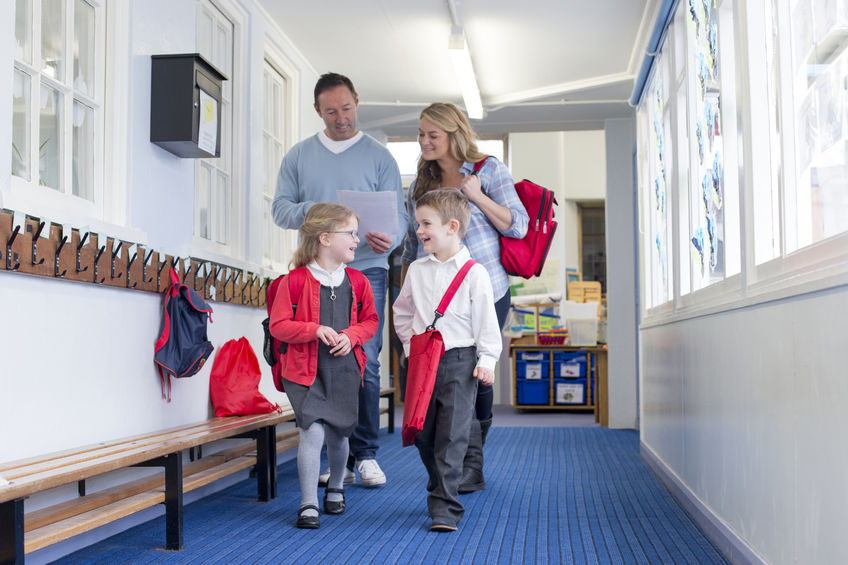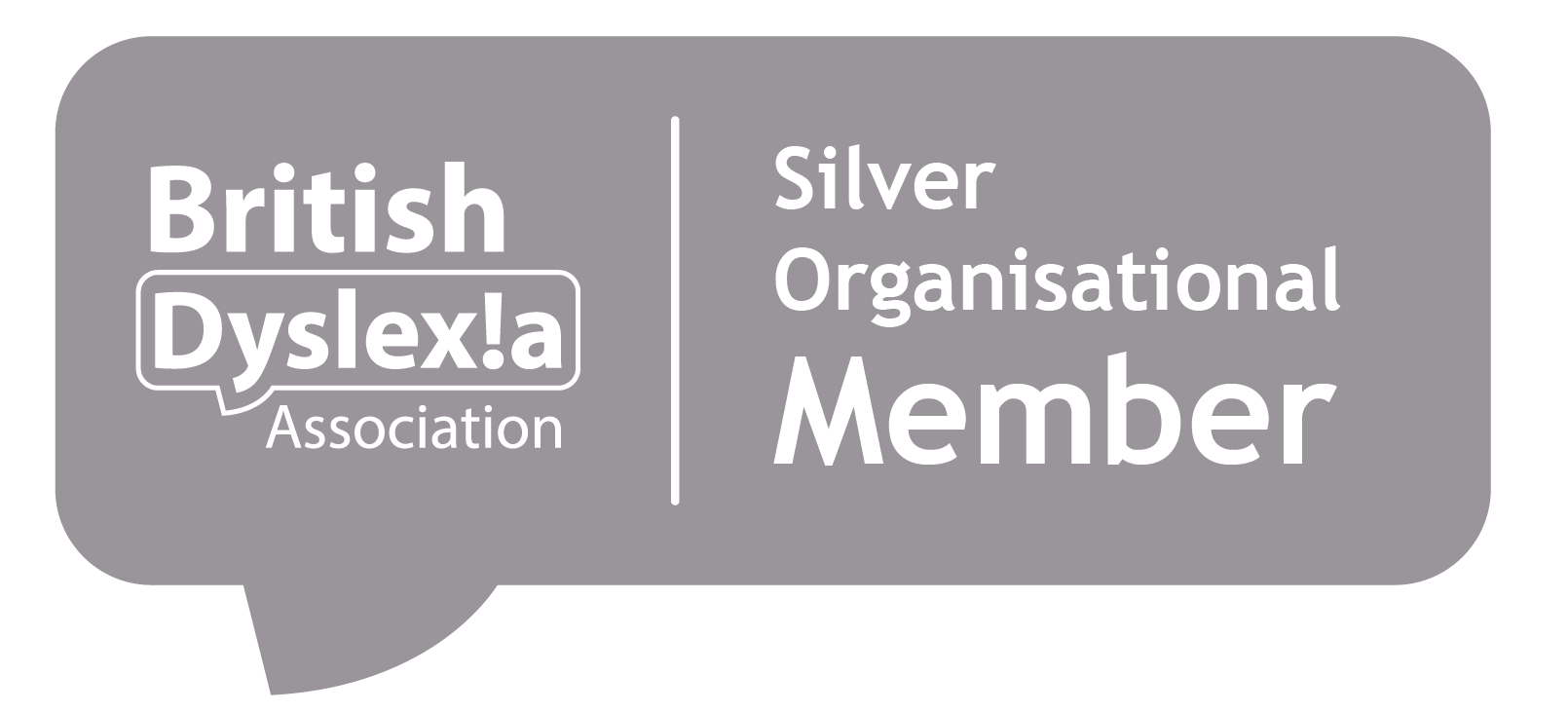Home school links and SEND – it’s good to talk
The benefits of close links between home and school have long been recognised. Regular, good quality, contact between teachers and parents and carers improves behaviour and attendance, and lowers exclusion rates. It can also improve engagement with learning in lessons, and, with that, raise achievement and boost self-esteem.
When working with pupils with SEND, communication between teachers and parents and carers, can be even more essential.
For a start there is the need to ensure the learners health and well-being, particularly for those with medical conditions, disabilities, or social and emotional concern, is addressed. It is important to know when there have been changes in a pupils condition, wherever they occur, or, perhaps, that there have been events that might affect how they are feeling, or how they are responding to others.

Beyond that there is also the possibility for co-ordinated, continued, support for strategies and approaches that are put into place. This could be for something as straightforward as toilet-training, or behaviour management, to more complex issues, including language development. Some children and young people might be learning to communicate using sign-language. Here it is important that parents and carers know the signs, too, so they can be used at home as well as at school.
Good home/school links will also help to extend learning beyond the classroom, like homework does. For instance, when a child is learning initial letter sounds, teachers may have decided to focus on a select number. If parents and carers are not aware of this then they might focus on other sounds. Teachers can also involve families in reinforcing learning, for instance, recognising letters when they go shopping, or asking children to calculate change, or making them aware of time and distance when travelling.
One challenge that can be encountered, however, is where home and school might not share the same values, or behavioural expectations. What might be considered bullying in school could be seen as simply boisterous play at home. Or, sometimes, cultural norms, such as attitudes towards women, might lead to issues around responses to female staff, particularly from boys.
Should such clashes occur, it is important that schools are clear about their expectations, even if these are different at home. Pupils can learn that different behaviours, different values, are expected in different contexts, for instance, when visiting a library they need to maintain calm, as opposed to when going to a pantomime. Staff need to ensure that they are clear, explicit, and consistent in what is required, even if this is not shared by parents and carers.

This can be helped by home/school ‘contracts,’ whereby the school’s values are clearly laid out, as are expectations of pupils, and how parents and carers can be supportive. Although this needs to be adhered to, not just a symbolic document that is brought out at the start of each year.
There are many ways in which parents and carers and teachers can keep in touch. At primary school parents often drop children off, or pick them up, and regular, informal, exchanges of information take place. Paradoxically this frequently happens less often for learners with more complex SEND as they may be having transport provided to get them to school. In this instance channels of communication can become even more important, such as communication books, phone calls home, and regular reviews.
Most schools have some formal means of keeping in touch with parents and carers, with regular newsletters and flyers about particular events, along with parents evenings and performances. Although some of these have been supplanted by schools’ use of social media – many of them now have Twitter accounts and Facebook pages where they supplement formal communications with regular posts. There is also widespread use of text messaging to parents to let them know about such things as school closures, or to check on absences when pupils have failed to register.
Other web-based systems allow for staff to capture evidence of achievement on a mobile device, such as an iPad or smartphone, and to immediately send it to parents and carers. For learners with SEND where progress might happen in small steps, or where children are not particularly communicative, this allows families to recognise and celebrate achievements, too. Similarly, events outside of school can be shared with teachers to be acknowledged in school.

When tensions occur in communication between home and school these can often be eased by bringing the focus onto the child, where there is a shared intent to do the best for them. Even when there may be divergent views on what that might be. However, good, open, communication channels, which are genuinely two-way, should enable everyone to have their say, and a way forward to be found.
By John Galloway
John specialises in the use of technology to improve educational opportunities for children and young people with special educational needs. Much of the week he works in Tower Hamlets, in London’s east end. He also freelances as a writer, consultant and trainer. @johngalloway







